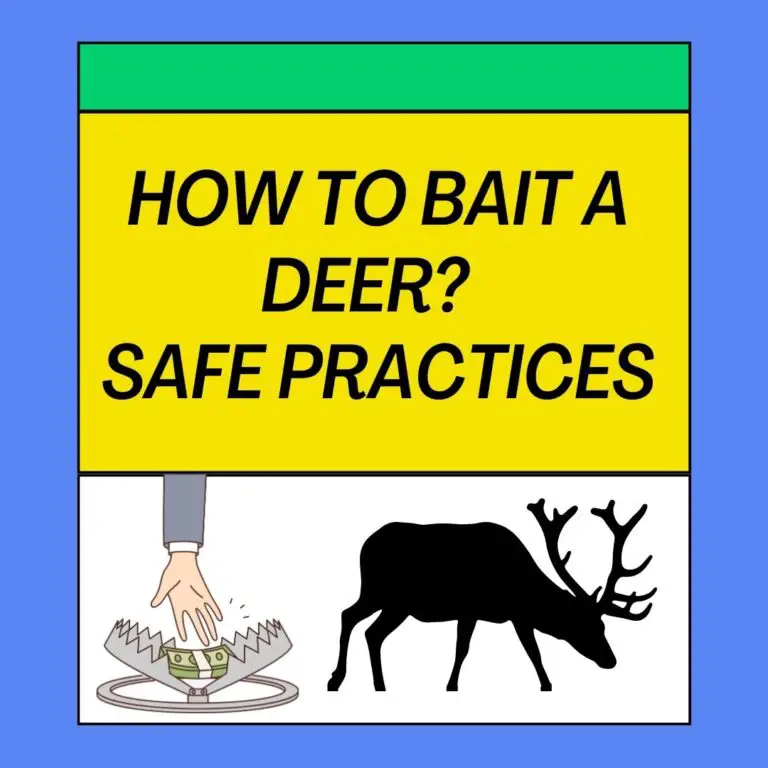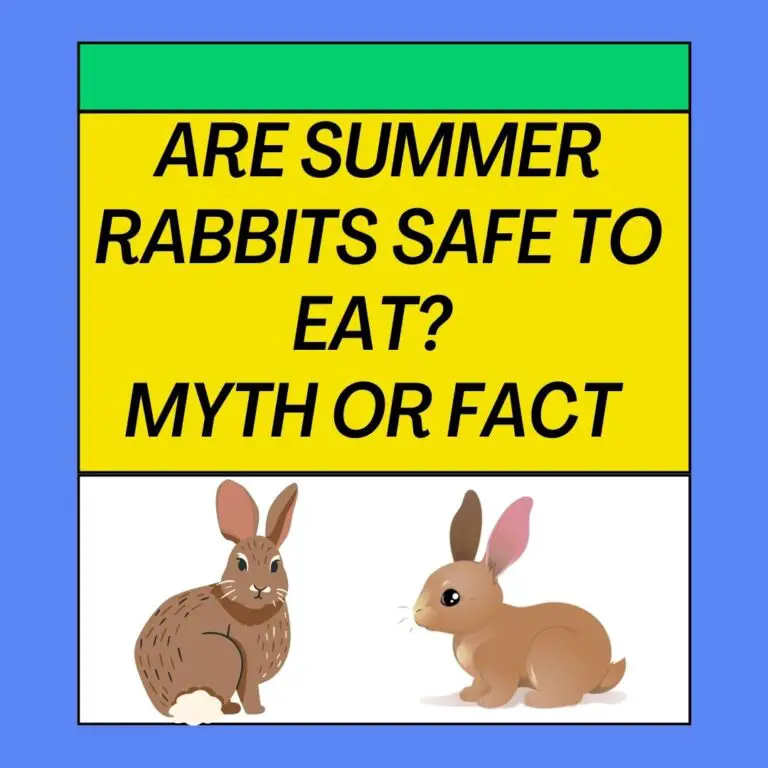
Antlers are fascinating natural structures that grow on the heads of deer and other cervids. They serve various purposes, from defense and dominance to attracting mates. Due to their beauty and uniqueness, antlers are often used in home decor, crafts, and art. However, distinguishing between real and fake antlers can be challenging, especially as artificial antler reproductions have become increasingly sophisticated. In this comprehensive guide, we’ll explore the techniques and tips to help you tell real antlers from fake ones.
1. Understanding Real Antlers
Structure and Growth
Real antlers are solid bone structures that grow on the skulls of male deer, elk, moose, and other cervids. They are composed primarily of calcium and phosphorus and are covered in a velvet-like skin during the growth phase. Antlers grow annually and can be shed and regrown, making them unique among natural structures.
Seasonal Shedding
Antlers are typically shed and regrown on a seasonal basis. This shedding process allows the animal to grow larger, more impressive antlers for the next mating season. Shed antlers are often found in the wild and are highly sought after by collectors.
2. Common Uses of Real Antlers
Home Decor
Real antlers have been used for centuries in home decor. They can be incorporated into chandeliers, lamp bases, curtain tiebacks, and more. The natural beauty of antlers adds rustic charm to interior design.
Furniture
Antlers are often used to create unique furniture pieces, such as chairs, tables, and coat racks. These pieces can be functional and artistic, blending natural elements with craftsmanship.
Crafts and Art
Artists and craftsmen use antlers as raw material for a wide range of projects, from carving intricate sculptures to making knife handles and jewelry. Real antlers provide a distinctive and organic medium for creative expression.
3. Types of Fake Antlers
Resin Reproductions
Resin reproductions are cast from molds taken from real antlers. They can closely mimic the appearance of genuine antlers, including texture and color. These replicas are often used for decorative purposes.
Plastic and Polymer Antlers
Plastic and polymer antlers are mass-produced and tend to be lightweight and less durable than real antlers. They are commonly used in inexpensive home decor items.
Fabricated and Composite Antlers
Fabricated antlers are typically made from a combination of materials like wood, metal, and plastic. They are shaped to resemble real antlers and may be painted or coated for realism.
4. Physical Characteristics: Real vs. Fake Antlers
Weight and Feel
Real antlers are heavy and dense due to their bone composition. When held, they feel solid and substantial. Fake antlers, on the other hand, are often lightweight and may feel hollow or less substantial.
Surface Texture
Real antlers have a natural texture that may include imperfections, such as small cracks and irregularities. Fake antlers, especially resin reproductions, may have a smoother and more uniform surface.
Color and Finish
Real antlers exhibit natural color variations, often ranging from light tan to dark brown. They may also have a slightly glossy or matte finish. Fake antlers may have an unnaturally uniform color and finish.
5. Observing Growth Patterns
Growth Rings and Texture
Real antlers have growth rings, similar to tree rings, that are visible when you examine the base of the antler where it attaches to the skull. These rings represent periods of growth. Fake antlers lack these rings and may have a consistent texture throughout.
Natural Irregularities
Real antlers often feature natural irregularities, such as knots, bumps, and scars, which result from the animal’s life experiences. Fake antlers may lack these imperfections or have uniform, artificial markings.
6. Examining Attachment Points
Base Structure
The base of a real antler, where it attaches to the skull, will show evidence of having been naturally attached. Fake antlers may have a manufactured or altered base structure.
Pedicles and Skull Plates
Real antlers are connected to the skull through bony structures called pedicles. Examining these pedicles or skull plates can provide clues about the authenticity of the antler. Fake antlers may lack these bony attachments.
7. Testing Techniques
The Smell Test
Real antlers may have a faint natural scent, often described as earthy or musky. This scent is due to the bone’s organic composition. Fake antlers typically lack any distinct odor.
The Sound Test
Tapping real antlers with a hard object produces a solid, resonant sound. Fake antlers may produce a hollow or less distinct sound.
The Weight Test
Comparing the weight of a suspected real antler to a known fake antler can reveal differences. Real antlers are significantly heavier.
8. Evaluating Points and Tines
Number and Arrangement
Real antlers have a consistent number and arrangement of points or tines. Fake antlers may have irregular or unrealistic point patterns.
Thickness and Conicity
The thickness and conicity (tapering) of the tines on real antlers are often consistent and gradual. Fake antlers may have tines that appear too thin or abruptly shaped.
9. Identifying Imperfections
Knots and Scars
Real antlers frequently have knots, scars, and irregularities caused by injuries, disease, or natural wear and tear. These imperfections can be absent in fake antlers.
Weathering and Wear
Genuine antlers may show signs of weathering, such as fading or discoloration. They may also exhibit wear at the tips from rubbing against trees and branches during the rutting season.
10. Checking for Seam Lines and Joints
Fake antlers may have visible seam lines or joints where different sections are joined together. These lines can be an indication of a synthetic or composite material.
11. Certification and Documentation
When purchasing antlers, especially those of significant value or historical importance, it’s essential to request authenticity certificates and documentation that trace the antlers’ provenance. These documents can help verify the antlers’ authenticity.
12. Legal Considerations
It’s important to be aware of wildlife conservation laws and regulations related to the trade and possession of antlers. Some antlers may come from protected species, and possessing or selling them without proper permits can be illegal.
13. Tips for Buyers
When in doubt, follow these tips when buying antlers:
Research and Education
Educate yourself about the species and types of antlers you’re interested in. Familiarize yourself with the characteristics of real antlers.
Buying from Reputable Sources
Purchase antlers from reputable dealers, collectors, or stores with a track record of selling authentic antlers. Seek recommendations from experts or experienced collectors.
Price Discrepancies
Be cautious of antlers offered at unusually low prices, as they may be fake or illegally obtained. Price should reflect the rarity and quality of the antlers.
14. Preserving and Caring for Real Antlers
If you own real antlers, proper care and maintenance are essential to preserve their beauty and longevity. Follow guidelines for cleaning, protecting against pests, and displaying or storing antlers safely.
Pros and Cons of Real vs. Fake Antlers
Real Antlers:
Pros:
- Authenticity: Real antlers provide an authentic and natural aesthetic, showcasing the unique characteristics of the species they come from.
- Durability: Genuine antlers are naturally durable and can withstand outdoor conditions, making them suitable for various applications.
- Sustainability: When sourced ethically and legally, real antlers are a sustainable material as they are shed by animals naturally.
- Environmental Impact: The use of legally sourced real antlers typically has minimal environmental impact compared to synthetic alternatives.
- Unique Appearance: Each set of real antlers is unique in size, shape, and texture, adding to their aesthetic appeal.
Cons:
- Cost: Real antlers are often more expensive than fake antlers due to their authenticity and limited availability.
- Weight: Real antlers can be heavy, making them less suitable for certain applications where weight is a concern.
- Maintenance: While minimal, real antlers may require occasional cleaning or preservation treatments to maintain their appearance.
- Ethical Considerations: Some individuals and organizations have ethical concerns about using real animal products, even when sourced legally.
Fake Antlers:
Pros:
- Affordability: Fake antlers are typically more affordable than real antlers, making them accessible to a broader range of consumers.
- Consistency: Mass-produced fake antlers offer consistent sizes, shapes, and appearances for uniformity in applications.
- Lightweight: Fake antlers are generally lighter in weight, making them suitable for various decorative purposes.
- Customization: Synthetic antlers can be easily painted or modified to achieve specific aesthetic goals.
- Ethical Choice: For those who wish to avoid using real animal products, fake antlers provide an ethical alternative.
Cons:
- Inauthentic Appearance: While they mimic the appearance of real antlers, fakes lack the authenticity and natural charm of genuine antlers.
- Durability: Fake antlers may be less durable and more prone to damage or fading when exposed to outdoor elements.
- Environmental Impact: The production of synthetic materials for fake antlers can have an environmental impact, particularly if not made from sustainable sources.
- Limited Variation: Mass-produced fake antlers lack the individuality and uniqueness found in real antlers.
Ultimately, the choice between real and fake antlers depends on individual preferences, intended use, budget, and ethical considerations. While real antlers offer authenticity and aesthetic appeal, fake antlers provide affordability and an ethical alternative for those concerned about animal welfare and conservation.
Real Vs Fake Antlers Comparison Chart
Certainly, here’s a comparison chart highlighting the differences between real and fake antlers:
| Aspect | Real Antlers | Fake Antlers |
|---|---|---|
| Material | Genuine antlers shed by deer or other cervids. | Usually made from various synthetic materials. |
| Texture | Natural texture with ridges, bumps, and grooves. | Often smooth and uniform in texture. |
| Color | Varies depending on the species and age of deer. | Typically a consistent color, often brown. |
| Weight | Real antlers can be heavy due to their density. | Generally lighter in weight compared to real. |
| Durability | Highly durable and can withstand outdoor use. | May be less durable, more prone to damage. |
| Cost | Real antlers are typically more expensive. | Often more affordable than real antlers. |
| Maintenance | Requires minimal maintenance in natural state. | May require occasional cleaning or painting. |
| Size and Shape | Unique in size and shape, varying by species. | Can be mass-produced with consistent sizes. |
| Sustainability | Sustainable when sourced ethically and legally. | Does not involve the harvesting of animals. |
| Environmental Impact | Minimal environmental impact when sourced legally. | Reduces the demand for real antlers. |
| Aesthetic Applications | Prized for their authenticity and natural beauty. | May lack the natural charm of real antlers. |
What is a 6, 10, 12, 14, 16 point stag?
A “6-point stag,” “10-point stag,” “12-point stag,” “14-point stag,” or “16-point stag” refers to a male deer, often a white-tailed deer or mule deer, with a specific number of tines or points on its antlers. Each point or tine represents an extension or branch extending from the main beams of the antlers. The number in the term indicates how many of these points or tines the antlers have on one side.
- 6-Point Stag: This term describes a male deer with three tines or points on each antler, typically counted on one side only. These are often young or immature deer with relatively simple antlers.
- 10-Point Stag: A 10-point stag has five tines or points on each antler when counting one side. These deer typically have more developed antlers than 6-point stags and are often considered more mature.
- 12-Point Stag: A 12-point stag has six tines or points on each antler when counting one side. These deer generally have well-developed and symmetrical antlers and are considered mature.
- 14-Point Stag: A 14-point stag has seven tines or points on each antler when counting one side. Antlers with 14 points are relatively large and are typically associated with older, mature deer.
- 16-Point Stag: A 16-point stag has eight tines or points on each antler when counting one side. These are considered impressive and large antlers, often found on older and well-nourished deer.
The point count on a stag’s antlers is used for assessing the antler’s size, maturity, and overall quality. Hunters and wildlife enthusiasts often use these counts as a way to evaluate and compare deer in terms of their antler development and trophy quality. It’s important to note that the total number of points is typically calculated by counting the tines on one side and then doubling that count to account for both antlers.
How to Score a Deer: The Antler Scoring System
Scoring a deer’s antlers is a systematic method used by hunters and wildlife enthusiasts to evaluate and compare the size and quality of a deer’s antlers. Various scoring systems exist, but one of the most widely recognized is the scoring system established by the Boone and Crockett Club. Here are the general steps on how to score a deer using this system:
Step 1: Determine the Category
- Identify whether the deer’s antlers are “typical” or “non-typical.” Typical antlers have a symmetrical and balanced appearance, while non-typical antlers exhibit irregular or additional points.
Step 2: Measure the Main Beams
- Measure the length of each main beam from the base to the tip. The main beams are the central shafts of the antlers.
Step 3: Measure the Length of the Tines (Points)
- Measure the length of each tine (point) on the antlers. These are the extensions branching off from the main beams.
- Count the number of tines on each antler, and record the measurements for each one.
Step 4: Measure the Inside Spread
- Measure the width between the main beams at their widest point. This measurement is known as the inside spread.
Step 5: Measure the Circumferences
- Measure the circumference of the main beams at four specific locations: the base, the first point (G1), the second point (G2), and the third point (G3).
- Record the measurements for each of these circumferences.
Step 6: Calculate the Gross Score
- Add together the measurements of the main beams, tines, inside spread, and circumferences. This total is the “gross score.”
Step 7: Deduct for Abnormalities (Non-Typical Antlers)
- If the antlers are non-typical and exhibit irregular or additional points, specific deductions may apply based on the Boone and Crockett scoring guidelines. Deductions are made to account for non-symmetrical features.
Step 8: Calculate the Final Net Score
- Subtract any deductions made for non-typical features from the gross score to determine the “net score.”
- The net score is the final score used for record-keeping and comparisons.
Step 9: Record the Score
- Record the final net score, the number of points, and any additional details about the deer, such as its age, location, and date of harvest.
It’s important to note that scoring a deer’s antlers accurately requires precision and adherence to established scoring guidelines. Additionally, scoring systems may vary for different types of deer, such as white-tailed deer and mule deer. Scoring can be an important aspect of hunting and wildlife conservation efforts, helping to monitor the health and genetics of deer populations and recognize outstanding specimens.
Conclusion
Distinguishing between real and fake antlers requires careful observation, knowledge, and, at times, expert guidance. Whether you’re a collector, decorator, or enthusiast, making informed choices ensures that you appreciate the unique beauty of genuine antlers while avoiding counterfeit reproductions.






